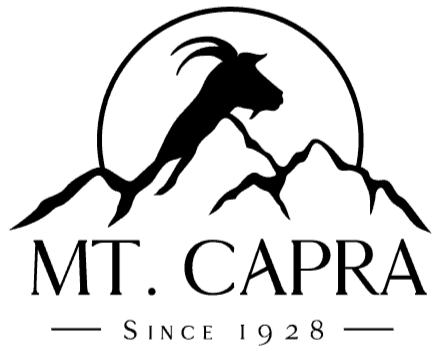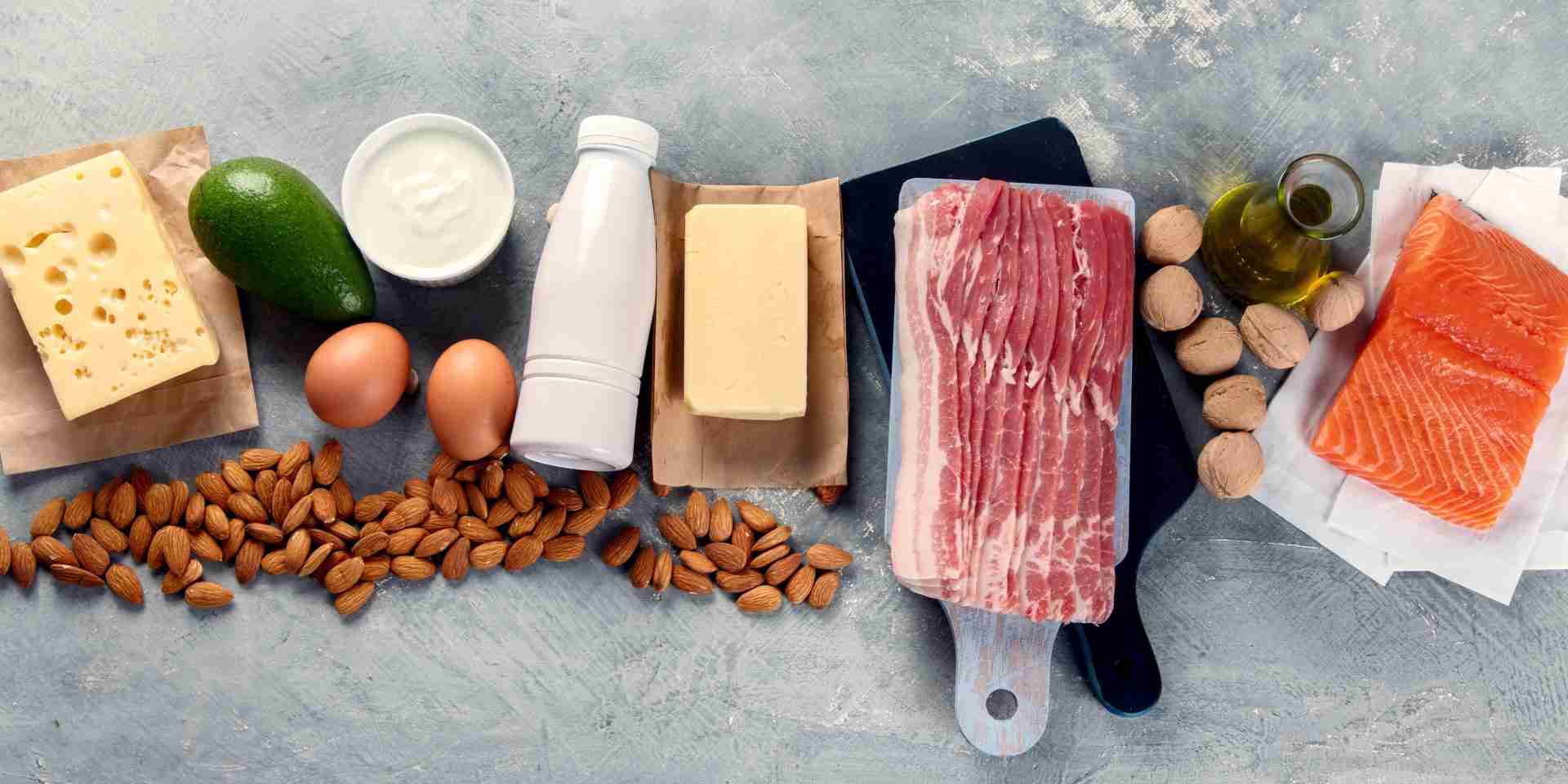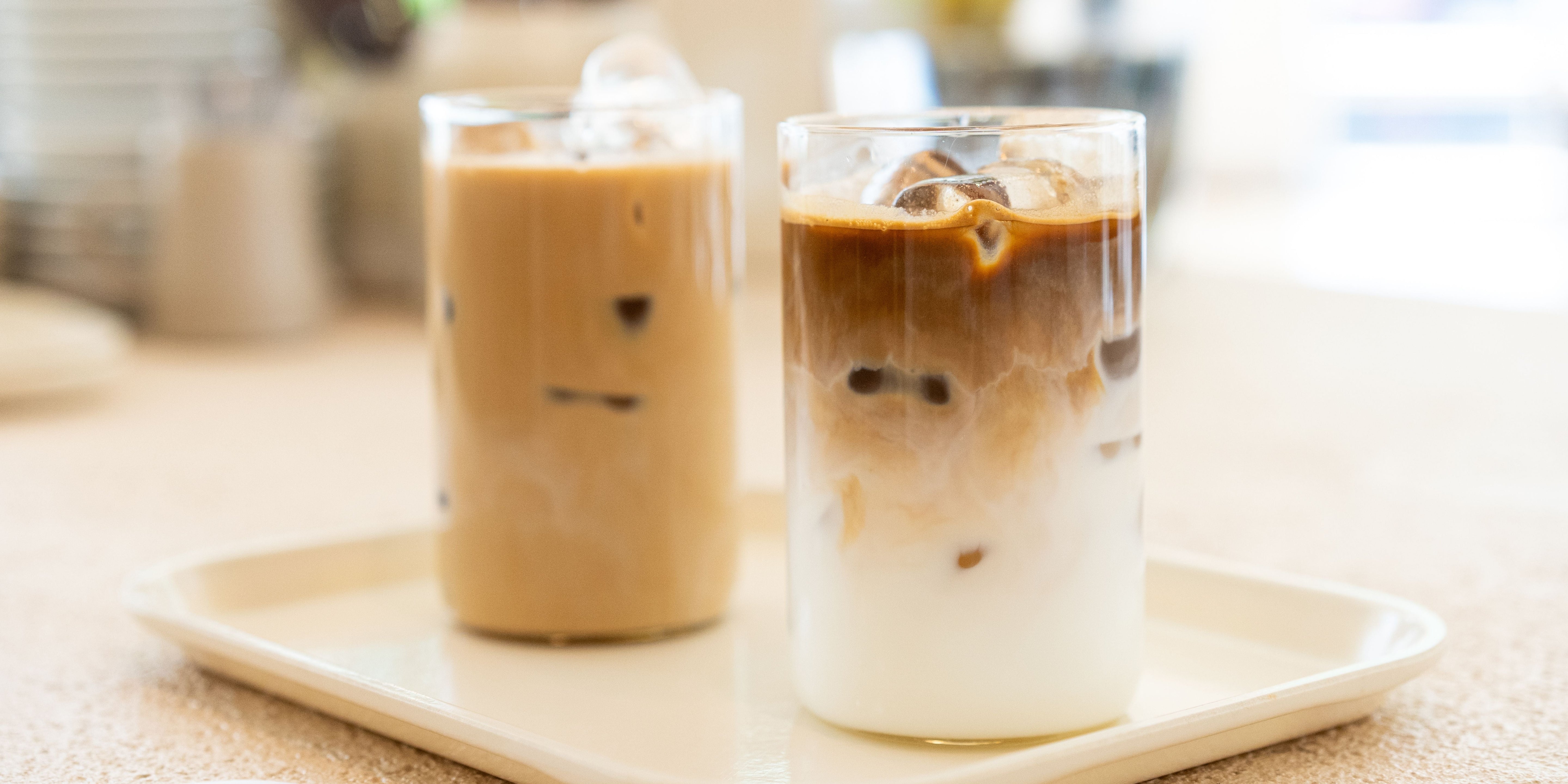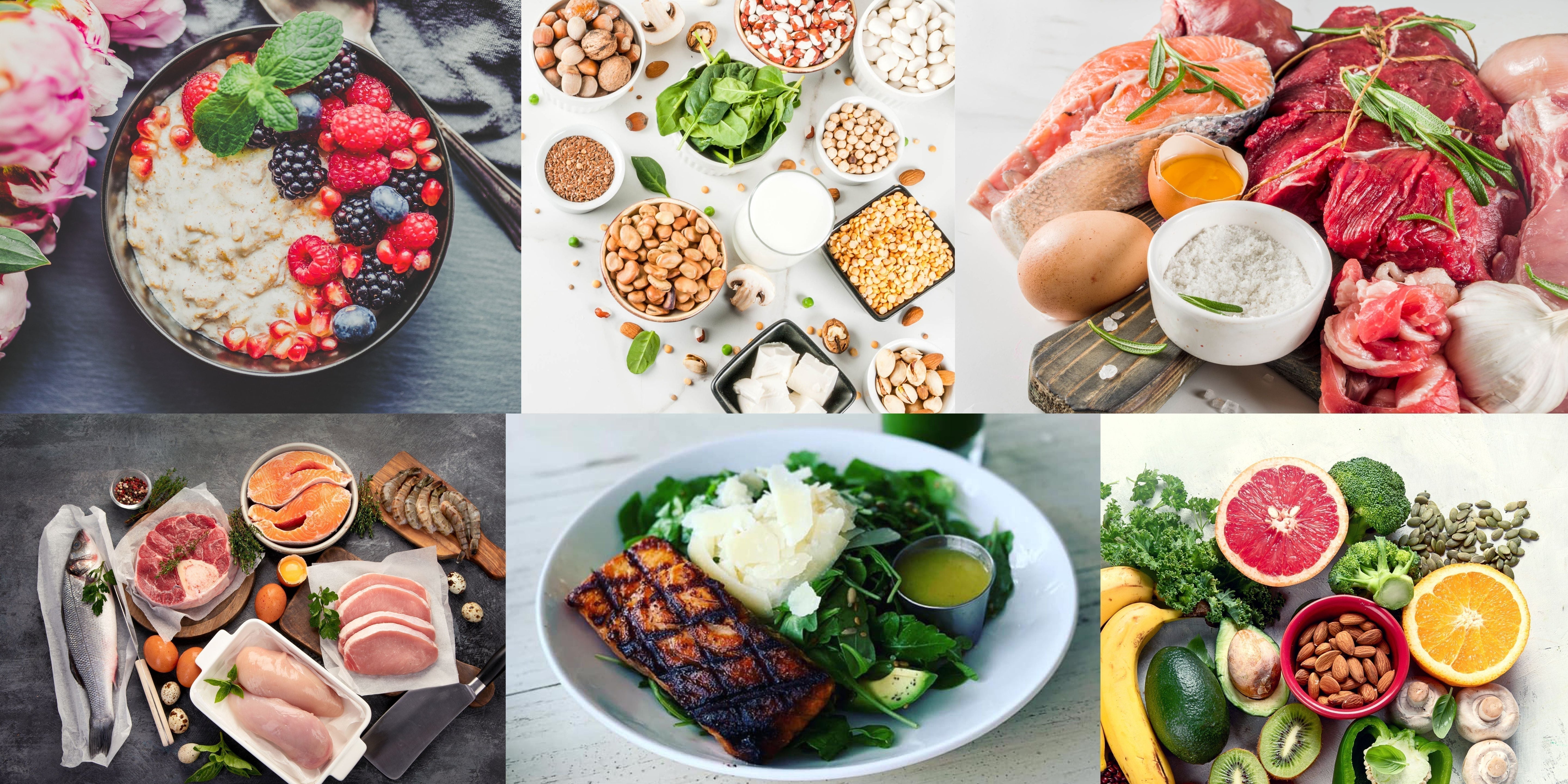When researching for this blog, I didn’t expect to find more drama than an episode of Selling Sunset. But as it turns out, the topic of saturated fat is highly controversial!
I started with one of my nutrition go-to resources: the book “Nourishing Traditions” by Sally Fallon. They promote the idea that “‘Politically Correct Nutrition’ is based on the assumption that we should reduce our intake of fats, particularly saturated fats from animal sources.” While I’m not going to talk about cholesterol in this blog, it’s worth mentioning that Fallon also states, “Fats from animal sources also contain cholesterol, presented as the twin villain of the civilized diet.” The information available around cholesterol is just as divided as the info on saturated fats, so maybe I’ll tackle cholesterol in the future. But for now, brace yourself for a wild ride as we take a look at saturated fat.
The Role of Dietary Fat
Fats are an essential macronutrient and come from both plant and animal sources. They provide a concentrated source of energy, and are the building blocks for cell membranes and hormones. Fats carry fat-soluble vitamins and slow down our absorption of food in order to help us feel satiated for longer. We need fat in order to convert carotene to vitamin A and to absorb minerals. This isn’t an exhaustive list of why we need fats to properly function, but it’s a good start.
Fats are made up of carbon, hydrogen, and oxygen molecules. There are three main categories of fats: saturated, unsaturated, and trans.

What is Saturated Fat?
Saturated fats are usually solid at room temperature. Think butter, coconut oil, tallow, lard, cheese, and fatty meats…
The fatty acid chains have all single bonds between the carbon atoms.
Other Types of Fat
Unsaturated fats tend to be liquid at room temperature, such as olive oil. They have at least one double bond between carbon molecules.
Trans fats are made when liquid oils are turned to solid fats, like margarine or shortening, and are also called partially-hydrogenated oils. There is a small amount of trans fat in animal-based foods, which is not a cause for concern. But generally, it’s agreed that these types of fats are the bad guys because they are artificially made and are found in fried and processed foods.
So, your chemistry lesson summary is this:
Saturated fats = saturated with hydrogen molecules and contain only single bonds between carbon molecules.
Unsaturated fats = not saturated with hydrogen molecules and contain at least one double bond between carbon molecules.
Eyes glazing over? Me too. Let’s get into the drama around how these different types of fats affect our bodies.
“Clearly something is wrong with the theories we read in the popular press – and used to bolster sales of low-fat concoctions… The notion that saturated fats per se cause heart disease as well as cancer is not only facile, it is just plain wrong.”
-Sally Fallon, Nourishing Traditions
The Lipid Hypothesis
It appears that the controversy over saturated fats and health started back in the 1950s when a researcher named Ancel Keys came up with a theory called the lipid hypothesis. He theorized “that there is a direct relationship between the amount of saturated fat and cholesterol in the diet and the incidence of coronary heart disease.” (Fallon) Even though there have been many studies since Keys’ lipid hypothesis, his articles have received much more publicity than others presenting alternate views. Plus, “the vegetable oil and food processing industries, the main beneficiaries of any research that found fault with competing traditional foods, began promoting and funding further research designed to support the lipid hypothesis.” (Fallon)
There have been, and still are many experts who assure us “that the lipid hypothesis is backed by incontrovertible scientific proof.” (Fallon) However, the data that goes against the lipid hypothesis is much more compelling if you ask me. There is little evidence to support the claim that a diet low in saturated fat actually reduces death from heart disease or contributes to longevity. It’s quite the opposite.

In 1920, coronary heart disease was rare. But over the course of 40 years, the incidence of heart disease rose substantially until it was the leading cause of death in America in the 1950s. If the lipid hypothesis were true, you’d expect a corresponding increase in saturated fat (animal fat). However, the reverse is true. From 1910 to 1970, the amount of traditional animal fat in the U.S. diet decreased from 83% to 62% and butter consumption dropped from 18 lbs per person to 4. During the same time period, the amounts of vegetable oils, shortening, margarine, and refined oil consumption increased about 400%, Sugar and processed foods consumption increased about 60%.
“At the turn of the century, most of the fatty acids in the diet were either saturated or monounsaturated, primarily from butter, lard, tallow, coconut oil and small amounts of olive oil. Today most of the fats in the diet are polyunsaturated from vegetable oils derived mostly from soy, as well as from corn, safflower and canola.” (Fallon)
Saturated Fat Health Benefits
- Give our cell membranes integrity and stiffness
- Help calcium be absorbed into our bones
- Protect our liver from toxins like alcohol and Tylenol
- Enhance our immune system
- Protect us against microorganisms due to their antimicrobial properties
The shift from traditional farming to modern industrial food production seems more to blame for the health problems we see today.
Yet the mainstream still holds to this skewed view of saturated fat. Why? Enter, seed oils.

Seed Oils
Seed oils are polyunsaturated fats. They contain multiple double bonds, making them chemically different from monounsaturated fats (like olive oil) and saturated fats (like butter or animal fats). The controversy around seed oils stems from their high content in the modern diet and their association with processed foods. More seed oils in a diet usually means the diet is overall unhealthier, because seed oils are prevalent in low quality, ultra processed food.
Polyunsaturated fats (seed oils) tend to become oxidized (rancid) when heated, and when subjected to oxygen and moisture. When the oil becomes rancid, free radicals become present which cause damage to our DNA/RNA strands. Exposure to free radicals is linked to many diseases and premature aging.
Seed Oil Extraction, Then and Now
Slow moving stone presses used to be the means for extracting oil from fruits, nuts and seeds. But today, that process is much different. The oil-bearing seeds are crushed and heated to 230 degrees. The high pressures create even more heat, exposing the oils to damaging light and oxygen. To squeeze the last 10% of the oil out, the pulp is treated with a solvent (often hexane), which is then boiled off, though up to 100 parts per million may still remain in the oil. This high heat processing produces an oil full of free radicals and harmful toxins.
We May Be Biased, But…
As a small, family-owned farm, we here at Mt. Capra are obviously fans of “slow” food versus large agriculture. Plus, we’ve experienced the goodness of goat milk (a source of saturated fat) for nearly 100 years, both personally and in our customers.
The mainstream media’s attack on animal fats is suspicious. Low diet quality is more prevalent than ever because it’s cheap (i.e. profitable) for companies to manufacture highly palatable, processed food products. Whereas a high quality diet, more in alignment with how our grandparents ate, is less profitable for the big commercial food companies and the pharmaceutical industry.







Share:
BCAAs 101: Quick Guide to These Essential Nutrients
How Our Electrolytes Stack Up